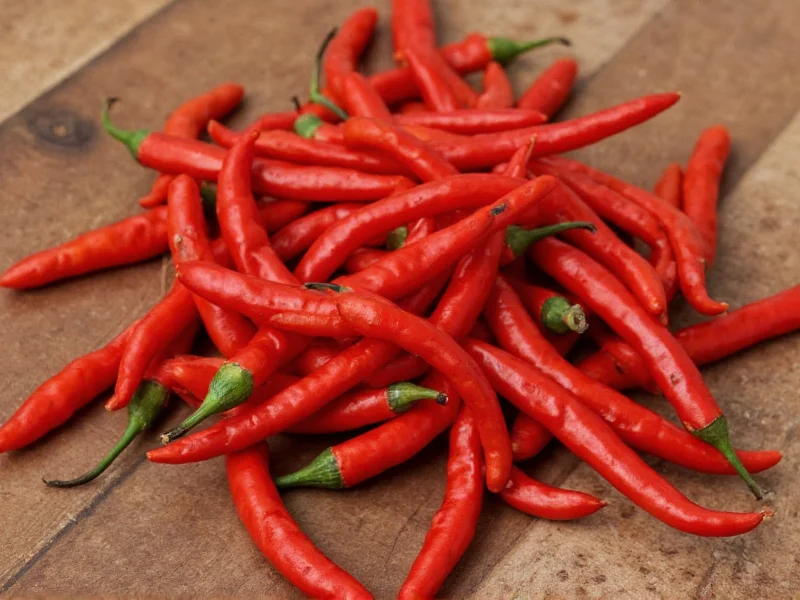When you've made chili that's uncomfortably spicy, quick action is essential. The good news is several scientifically-backed methods can rescue your dish without starting over. Understanding why these solutions work helps you choose the best approach for your specific situation.
Why Chili Becomes Too Spicy
Capsaicin, the compound in chili peppers responsible for heat, is oil-soluble and binds to pain receptors in your mouth. Different peppers contain varying capsaicin levels—habaneros pack 10-30 times more heat than jalapeños. Mistakes happen when recipes don't specify exact pepper quantities or when inexperienced cooks misjudge heat intensity.
Immediate Fixes While Cooking
Address spiciness during preparation for best results. These methods work because they chemically interact with capsaicin or dilute its concentration:
| Solution | How Much to Add | Why It Works |
|---|---|---|
| Dairy (milk, sour cream, yogurt) | ¼ cup per serving | Casein protein binds to capsaicin and washes it away |
| Sugar or honey | 1-2 tsp per serving | Sweetness counteracts heat perception on taste receptors |
| Acid (lime juice, vinegar) | 1-2 tbsp per serving | Acidity breaks down capsaicin molecules |
| Additional ingredients | Double non-spicy components | Dilutes capsaicin concentration throughout the dish |
Effective Remedies After Serving
When your chili is already plated, try these quick fixes:
- Dairy accompaniments: Serve with full-fat Greek yogurt or shredded cheese—low-fat options contain less casein
- Starchy sides: Rice, cornbread, or tortilla chips absorb capsaicin and provide cooling contrast
- Sweet garnishes: Pineapple salsa or mango chutney balances heat with natural sugars
- Fat-based solutions: Avocado slices or a drizzle of olive oil help dissolve capsaicin
Common Mistakes to Avoid
Several popular "solutions" actually worsen the problem:
- Drinking water: Capsaicin isn't water-soluble—it spreads the heat instead of neutralizing it
- Adding more spices: Introducing additional flavors rarely masks excessive heat effectively
- Using low-fat dairy: Full-fat dairy contains more casein-binding proteins than skim alternatives
- Over-diluting: Adding too much liquid or bulk ingredients can ruin your chili's texture and flavor balance
Preventing Overly Spicy Chili
Professional chefs recommend these prevention strategies:
- Start with half the recommended peppers, then gradually add more after tasting
- Remove seeds and membranes—the primary capsaicin concentration areas
- Use bell peppers as base before adding heat-producing varieties
- Keep dairy products nearby during cooking for immediate adjustment
- Test small portions of peppers before adding to the entire batch
Understanding Heat Levels
Knowing pepper heat scales helps prevent future mishaps. The Scoville scale measures capsaicin concentration:
- Bell peppers: 0 Scoville Heat Units (SHU)
- Jalapeños: 2,500-8,000 SHU
- Habaneros: 100,000-350,000 SHU
- Ghost peppers: 855,000-1,041,427 SHU
When substituting peppers, remember that one habanero equals approximately 20 jalapeños in heat intensity.
Long-Term Solutions for Leftovers
If your chili remains too spicy after initial fixes:
- Refrigerate overnight—heat often mellowing as flavors blend
- Add roasted vegetables like sweet potatoes in subsequent reheating
- Incorporate cooked beans to absorb excess heat
- Freeze portions with dairy added separately for future use











 浙公网安备
33010002000092号
浙公网安备
33010002000092号 浙B2-20120091-4
浙B2-20120091-4